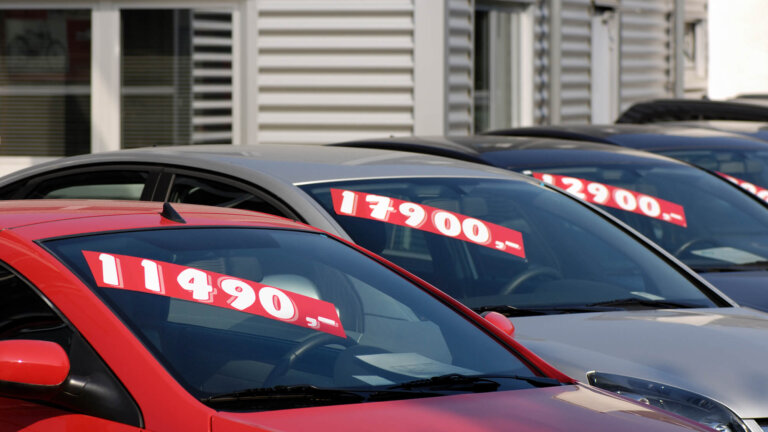At a time when vehicles for personal use are responsible for nearly half of the CO2 emissions, it is becoming ever more necessary to adopt the best practices for the environment, along with considering what is the right vehicle for you. We will explore what this term means today, in the era of electric and hybrid vehicles.
A practice that benefits everyone
The principal idea behind eco-driving is the environment: to preserve the environment by more fuel-efficient driving.
It is also therefore an economic issue and has become a social attitude of good citizenship. Eco-driving would reduce the risk of an accident and encourage caution with regards to other road users.
It is possible to reduce fuel consumption by 15% when driving a diesel or conventional petrol car. Some savings relate to the style of driving, while others depend on air-conditioning, maintenance and tyre pressure.

10 eco-driving tips
Eco-driving does not stop at driving more slowly, but about improved driving that is in everyone’s reach.
Here are ten tips will help you become a responsible driver:
- Shift into the higher gear at the right time: from 2,000 rpm in a diesel car and 2,500 rpm in a petrol car.
- Keep your distance from the vehicles ahead of you. You will reduce the rate of braking and accelerating.
- Do you want to slow down or stop? Use the engine brake first, before the brake pedal.
- Reducing your speed by 10 to 20 km/h, particularly on the motorway, you can make fuel savings of up to 20%. Also take advantage of cruise control and aim to maintain a constant speed.
- If you stop for more than 20 seconds, turn off your engine (or trust your start & stop system).
- Plan your route so you do not make any unnecessary detours and use your GPS/navigator to avoid traffic jams.
- Remove any unused external components: roof boxes, bicycle racks or roof racks. They increase fuel consumption, depending on speed by up to 2 to 3 litres per 100 km.
- Keep your tyre pressures of your vehicle as per the recommendations, it can really make a difference.
- Maintain your vehicle’s maintenance schedule.
- Turn off the air conditioning and objects that consume electricity when they are not necessary.
So what is different about electric vehicles?
Drivers of electric vehicles (EV) quickly become more attentive to their consumption. They save kilometres wherever possible as charging stations are still less easy to find than petrol stations and running out of power often means quite a wait.
The principles of eco-driving are therefore equally appropriate, even if there are two small differences:
- Regenerative braking
EV batteries recharge when slowing down or braking. In order for this system to function as well as possible, accelerate and brake steadily. - ECO mode
Once this is activated, this mode optimises certain ways in which the vehicle behaves, including acceleration, cruise control and deceleration. You can increase your range by up to 10%.



